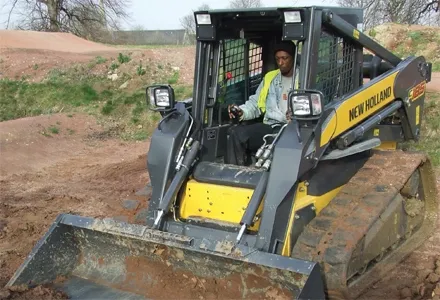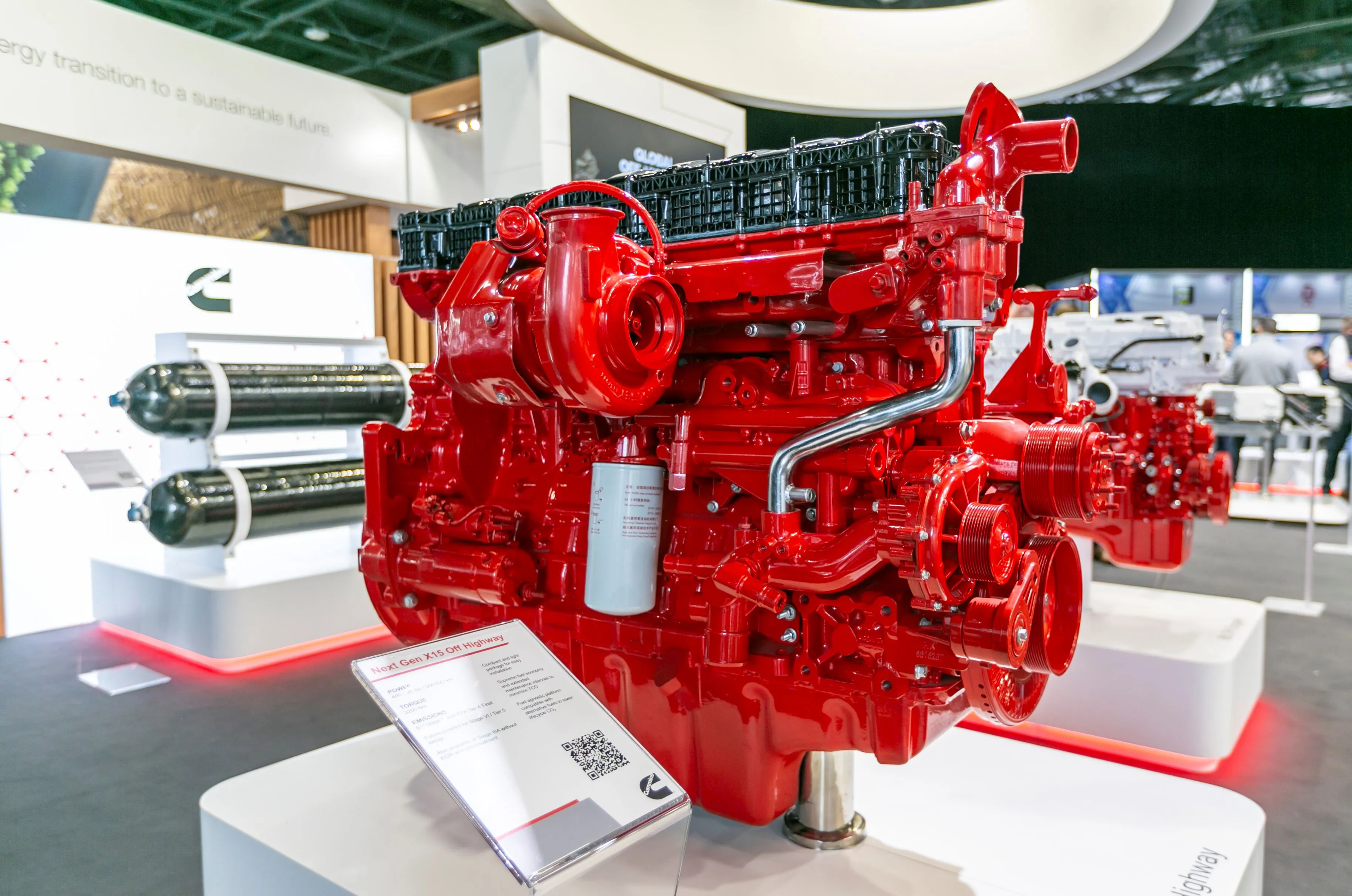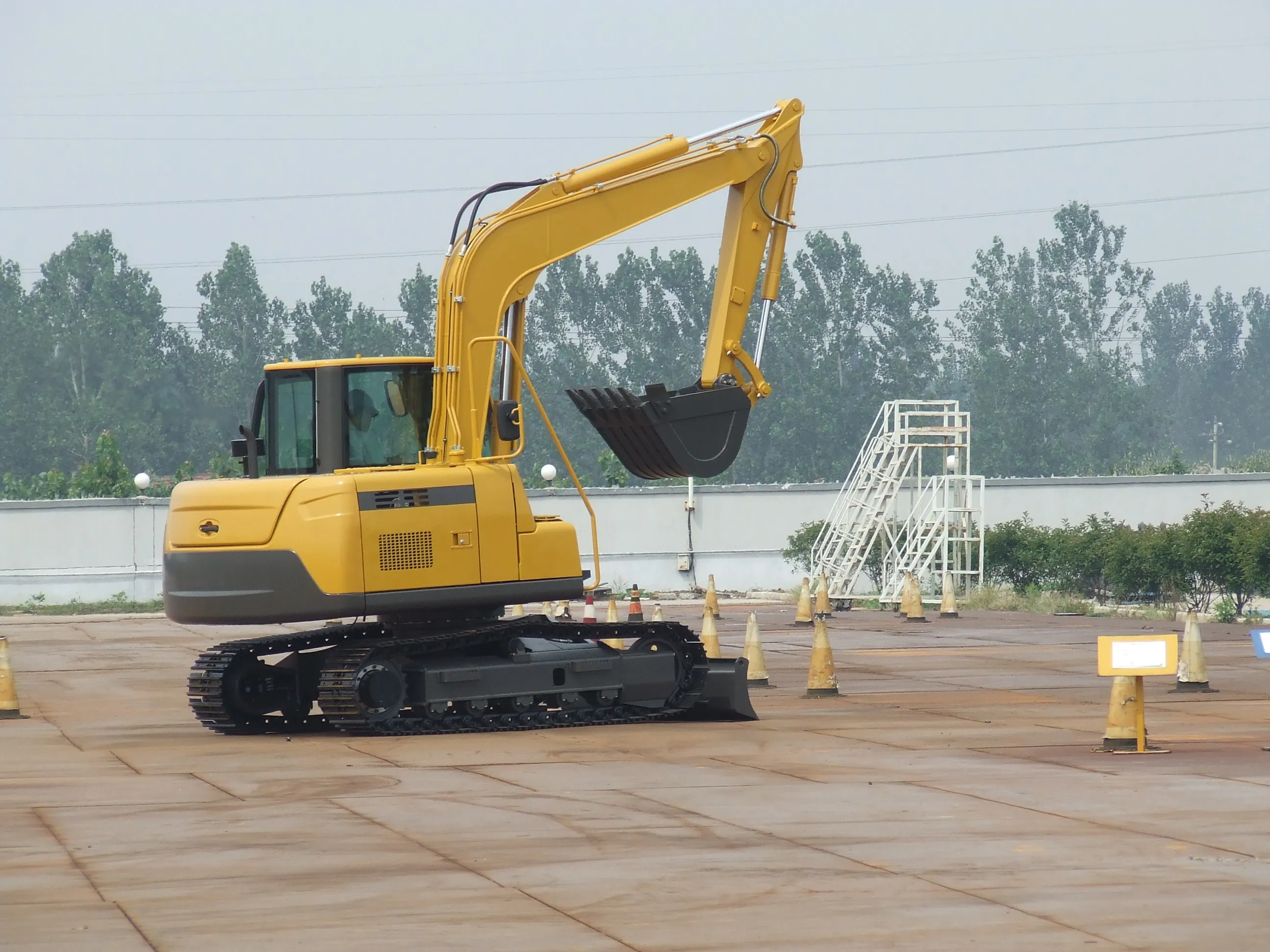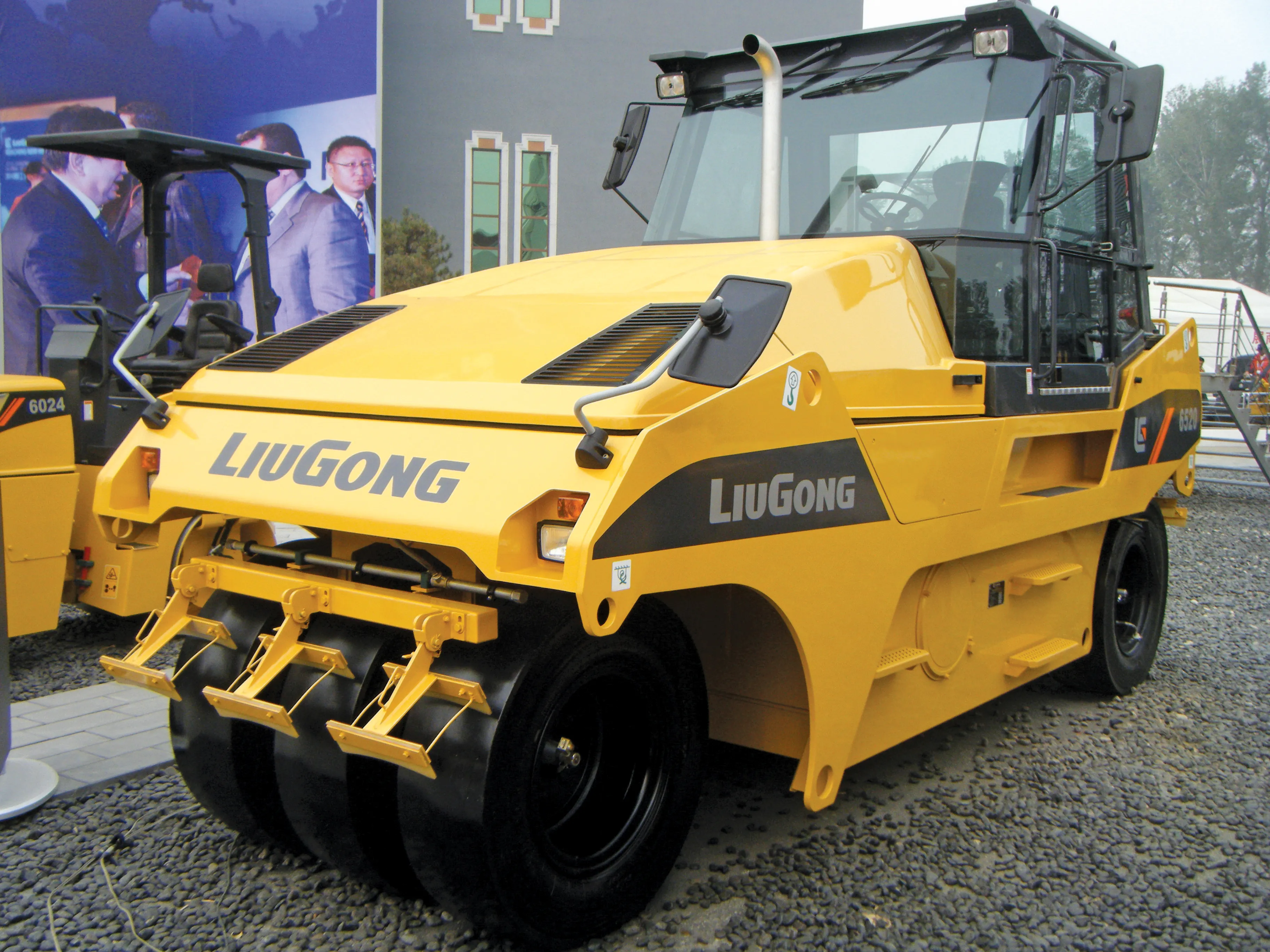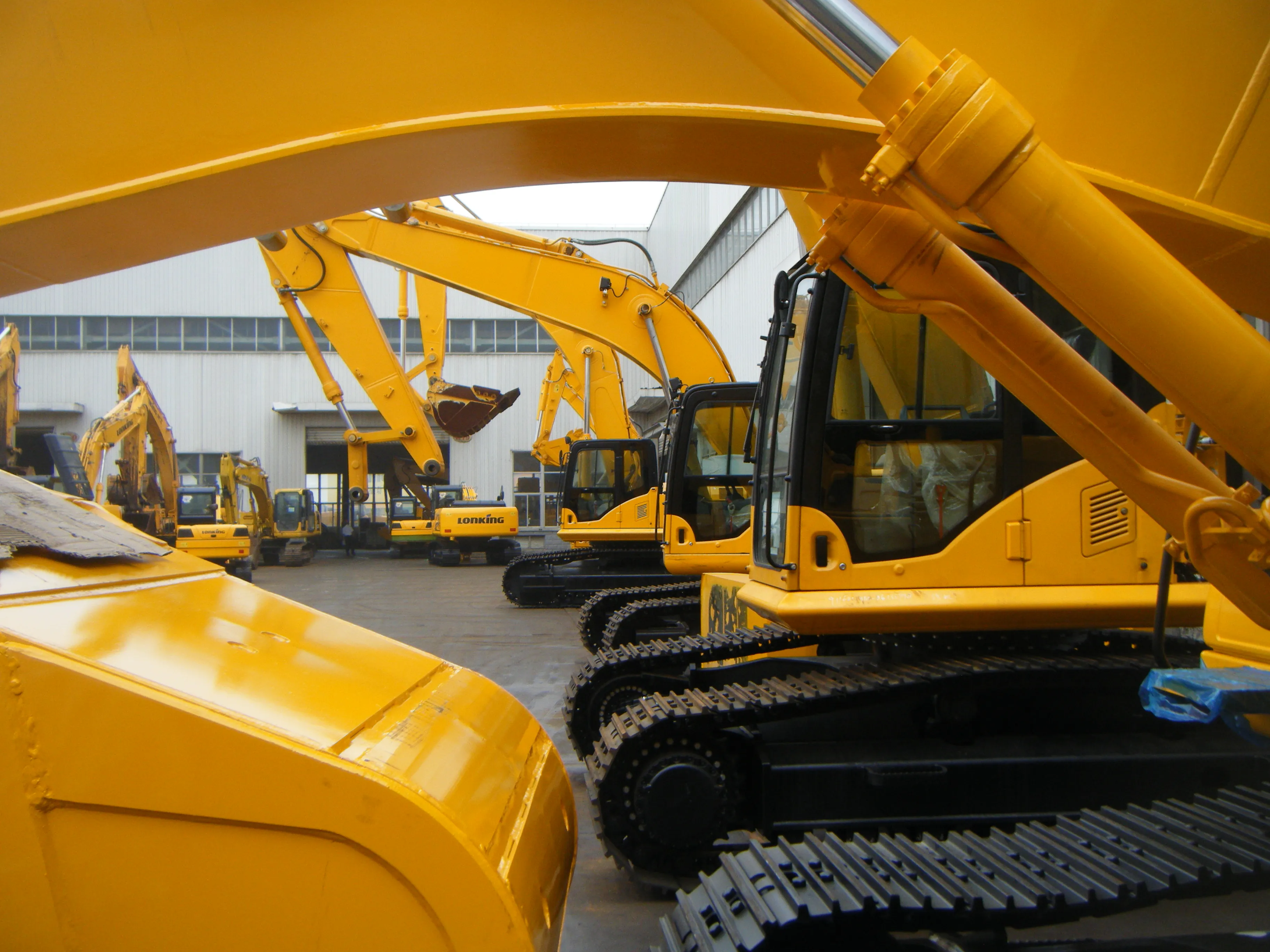
Lonking widening its product range and developing its hydraulics components operations - Mike Woof reports
Shanghai-based
The company has broadened its export operations too, with its range of high specification wheeled loader models for example being specifically targeted at overseas customers. These are available for the local market too, although the company also continues to offer its earlier generation designs to those Chinese customers wanting a rugged, durable and long lasting machine that is also simpler in its layout. Production is centred at the firm’s massive Shanghai facility, which is spread across 1 million m3 in all, also including apartments for some 4,000 of its personnel while the company has three other factories as well as a training centre elsewhere in China.
The company sells through distributors into export markets, with strong sales into Latin America, Russia, Mid-east, Africa and parts of Asia. Brazil has been a strong market and the firm is looking to set up new parts and distribution operations there, with Chile and Colombia also seen as having major growth potential for sales. Elsewhere the firm is also strong in Indonesia and Nigeria. Further product developments are planned with a new wheeled loader generation currently being worked on. The firm says that the external styling of these sophisticated machines will be on a par with those from major western firms, while they will also feature highly advanced hydraulics under the covers.
The Chinese market for wheeled loaders has been enormous, which is why Lonking built its business around these machines. However wheeled loader sales in China have declined in recent years, with other machines taking a greater share of the construction equipment market and the crawler excavator in particular growing in prominence. This has not gone unnoticed at Lonking, which has made significant steps in developing its excavator range. Chen Chao, executive director and vice president of Lonking said, “The excavator is a new area for us. We were not very active in this market before."
The firm’s sales of soil compactors remain stable, while graders, piling rigs and dozers are made in comparatively small volumes so far, but the company is seeing enormous demand for its fork lifts. Skid steer loaders are also of increasing importance and Chao said, “Skid steer loaders are new products for Lonking and we see good prospects for them.”
Overseas sales too are of increasing importance for the firm and Chao said that the company is looking to further develop this area, particularly for its wheeled loaders and excavators, and due to the high quality of its products. “We are confident because we have a big potential,” he said.
The company makes a high percentage of the parts it uses in its own machines, around 69% of the components in its wheeled loaders for example, including major parts such as axles, transmissions and hydraulic rams. The logic behind this was straightforward and Chao said the firm wanted to ensure the components Lonking uses meet the firm’s high quality standards, as well as securing regular supplies. Tyres and engines are now amongst the few major items the firm does buy-in from external companies. This self-reliance has been extended further with the firm’s further investment in the manufacture of components, including supplying other manufacturers. Parts being sold to OEMs include hydraulic cylinders, radiators and hydraulics parts.
The new hydraulics component operation is particularly important and came about when Japanese suppliers proved unable to cope with the levels of demand from Chinese manufacturers. With component imports insufficient, Lonking spotted an opportunity to redress this balance. Chao said, “We have invested a lot in hydraulic parts.”
Sitting alongside the wheeled loader and excavator production facilities in Shanghai, the new hydraulic components operation represents a substantial investment for Lonking. The facility produces a wide range of parts such as track motors, valve blocks, pumps, joysticks and all the necessary internal components.
The efficiency of this manufacturing operation is impressive, with a strong focus on quality while machining tolerances are being carried out to extremely high levels. These high precision products are made under strict controls, with critical parts made in clean room conditions, and the company claims its product quality can match the best of the well-established Japanese competition. Quality testing of the hydraulics components has in itself been a major investment, with the firm spending some US$7.8 million (48 million RMB) on this alone. Chao said that all the parts are tested before assembly, with items such as pumps then being bench tested.
With this investment now underway, Lonking is becoming a major supplier to other Chinese OEMs with around 60% of the output being used for its own machines and 40% being sold to other manufacturers. Understandably, the company’s hydraulics components business looks set to account for a substantial portion of its turnover over time. Meanwhile the radiator facility at Lonking’s Shanghai plant is also an important part of the firm’s operations supplying an array of other OEMs, although 69% of the output is for the firm’s own machines. Research and development has yielded new designs and Chao said, “We are still making tests on a new type of aluminium radiator.”
NEW LOADERS
At bauma China 2014 Lonking is introducing the new CDM856 and CDM835 wheeled loaders.
A range of engine options will be available, including variants that meet stage IV/Tier 4 Final emissions requirements.
Meanwhile wet type brake axles and electronically-controlled transmissions are optional, while the closed circuit hydraulics in the CDM 856 model offer fuel efficiency. Other features include spacious FOPS&ROPS cabs with suspension seat and powerful air conditioner, as well as a range of optional attachments to suit different applications.
CDM856 NEW LOOK:
The new CDM856 wheeled loader from Lonking offers performance increases over previous models Improved excavators The new CDM6365F excavator is powered by a Stage IV/Tier 4F engine as a standard, with Stage IIIA/Tier 3 and Stage II/ Tier 2 emission diesels optional. The design has a parallel radiator, which makes cooling more efficient and maintenance easier.
An intelligent electronic control system offers protection against engine overheating and low oil pressure as well as providing fault alerts and showing maintenance needs. The FOPS/ROPS cab has a suspension seat and powerful air conditioning. Other features of the CDM6365F include independent hydraulic circuits and different attachment options for a range of applications.
LIFTING UP
The company is rolling out its new LG20B and LG30GLT forklifts. The LG20B model is a battery forklift with an OPS system, AC motor, ZAPI controlsystem and an LCD instrument panel with automatic fault detection. The battery can be changed quickly, with European brand batteries optional.
Meanwhile the LG30GLT is a dual-fuel forklift, which is said to be environmental friendly and offered with both Japanese and Chinese engines. Features include an efficient cooling system an ergonomic design.


